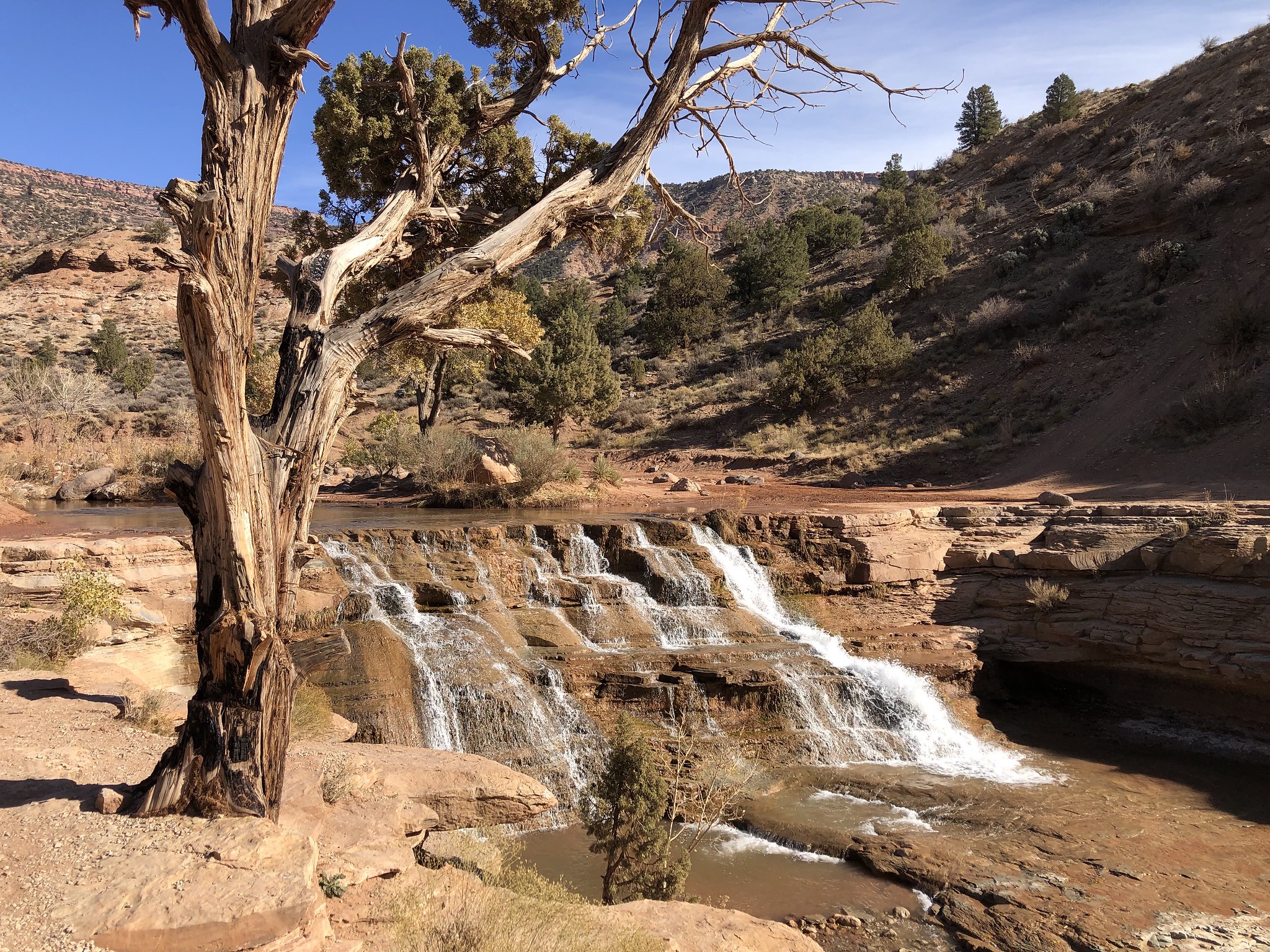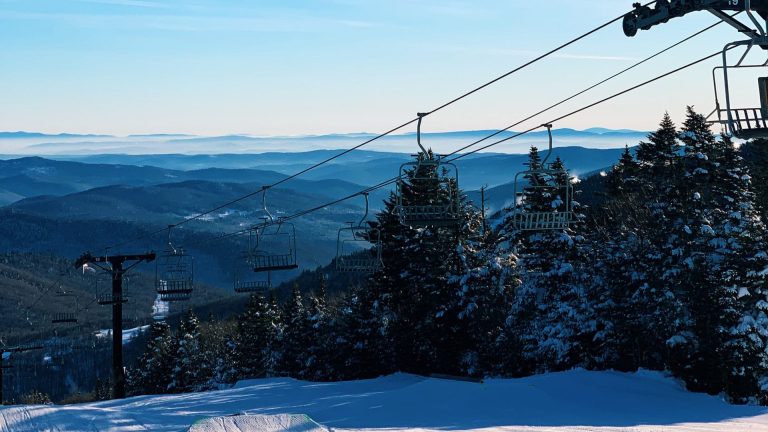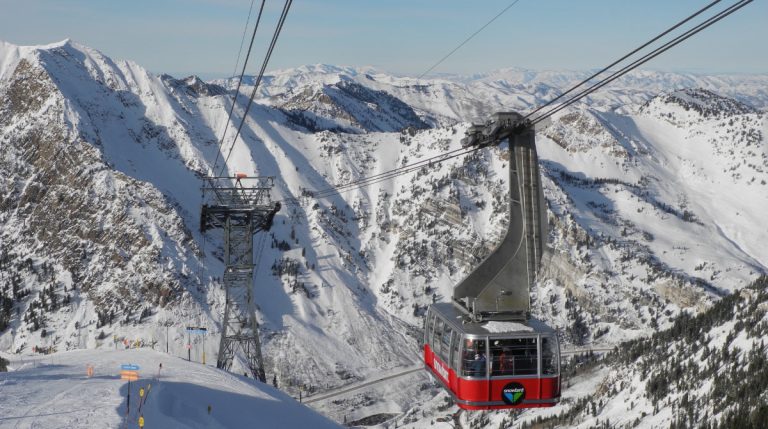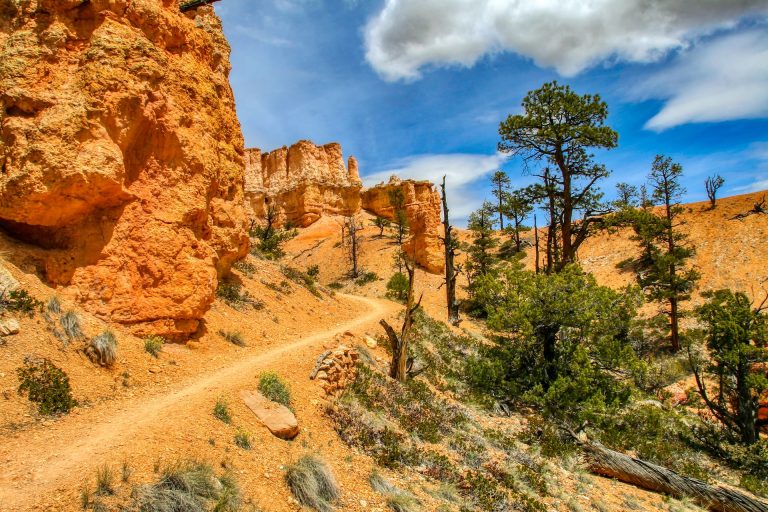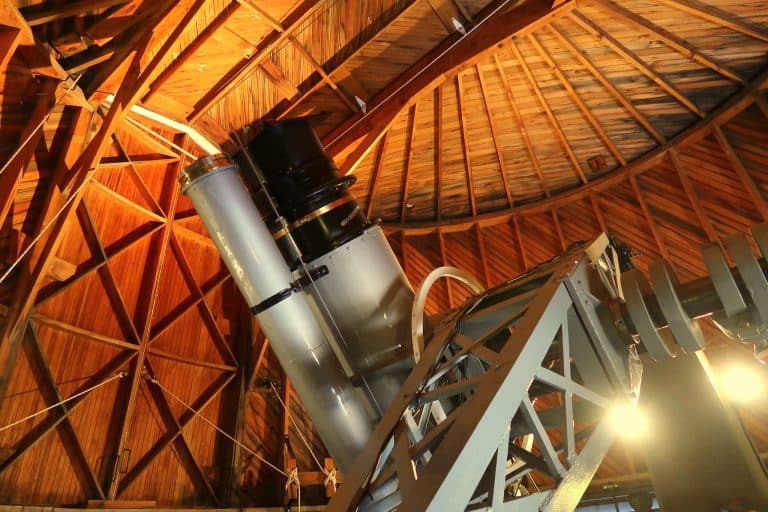Toquerville Falls in St. George, Utah
Toquerville Falls is a waterfall located near the town of Toquerville in the St. George area of Utah. The waterfall on La Verkin Creek is surrounded by towering cliffs and sparse yet lush vegetation, making it a perfect place for picnics, photo shoots, and nature walks.
Only 25 miles west of Zion National Park, and 11 miles northeast of Red Cliffs National Conservation Area, Toquerville Falls is right in the heart of St. George’s outdoor recreation scene.
This is a very popular area for off-road driving, but you can hike it as well. So, you’ll likely encounter other people and vehicles while exploring. It can get very busy here due to its proximity to Zion National Park, which is the nation’s second-most visited park. Expect lots of 4WD vehicles and people along the trail and at the falls if you venture here midday on the weekend.
Getting to Toquerville Falls Trailhead
Physical Address of the trailhead: 311 Toquerville Blvd, Toquerville, UT 84774
GPS coordinates of the trailhead: 37.256621, -113.285676
Located on BLM land, the official trailhead is more of a junction between Spring Drive (the trail), and Toquerville Blvd. However, I would consider the ample parking areas about a mile up Spring Dr. to be the beginning of the trail. This is where it turns into a dirt road. There should be more than enough room for those who are hiking the trail to park here. Most visitors here will be on off-road vehicles instead.
No permits are needed to visit Toquerville Falls.
There are no restrooms or shelters at any point on this trail.
The Toquerville Falls Trail
The Toquerville Falls trail can be hiked, but it is more commonly traversed with off-road vehicles like Jeeps, quads or dirtbikes. If you do decide to hike this trail, it’s a difficult one. The trail is around 11 miles out and back, and a total elevation climbs of almost 2,000 feet! In the stifling summer heat of the Utah desert, this hike will be extremely strenuous for anyone, and not recommended at all.
| Hiking Distance | 11 miles (18 km) |
| Hiking Duration | 5-6 hours (1 hour if driving) |
| Route Type | Out and Back |
| Difficulty Level | Very Difficult |
| Total Elevation Climb | 1,978 feet (603 m) |
| Trail Type | Dirt & Stream |
| Wheelchair Accessible | No |
| Pets Allowed | Yes |
| Fees | Free |
Regardless of if you plan to hike or drive the trail, getting to the trailhead is the easy part.
Inside the town of Toquerville, find the junction of Toquerville Boulevard and Spring Drive, and take Spring Drive. It starts out as a paved residential road, but quickly turns into a dirt road that looks heavily used by off-roading vehicles. There are a few parking areas right where the paved road ends.
The road/path to Toquerville Falls is poorly maintained, and only dirt and rock. The posted sign at the beginning reads “Extremely Rough Road 4WD Recommended.”
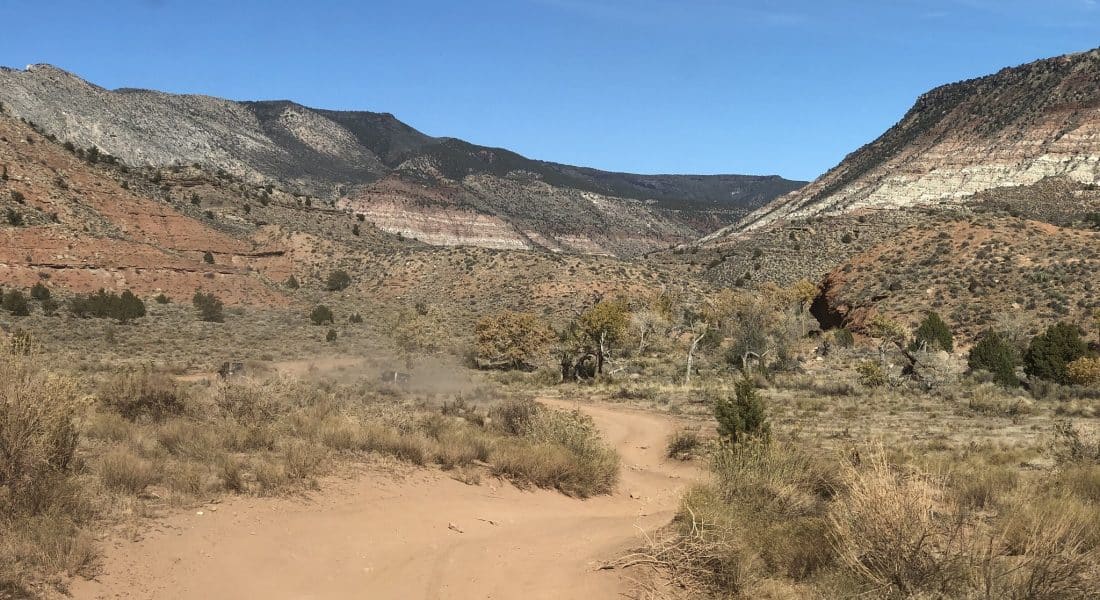
The first third or so (1.5 miles) of the dirt road is the toughest with lots of rough rocky terrain, but it is much smoother the second half. To get past that rough drive in the beginning, a high clearance 4-wheel drive is needed.
About 5.5 miles from the Toquerville-Spring junction, you’ll reach an area that circles around to the Toquerville waterfall.
The waterfall is more impressive in the spring and autumn, when the water levels are at their highest from the snow melt. When the water is flowing, you can cliff jump into the pool below the falls. Once you make it to the falls, they are easy to explore. There are plenty of trails and paths from the top to the lower falls. There is a small swimming hole at the bottom, which most use as a way to beat the scortching heat in the summer.
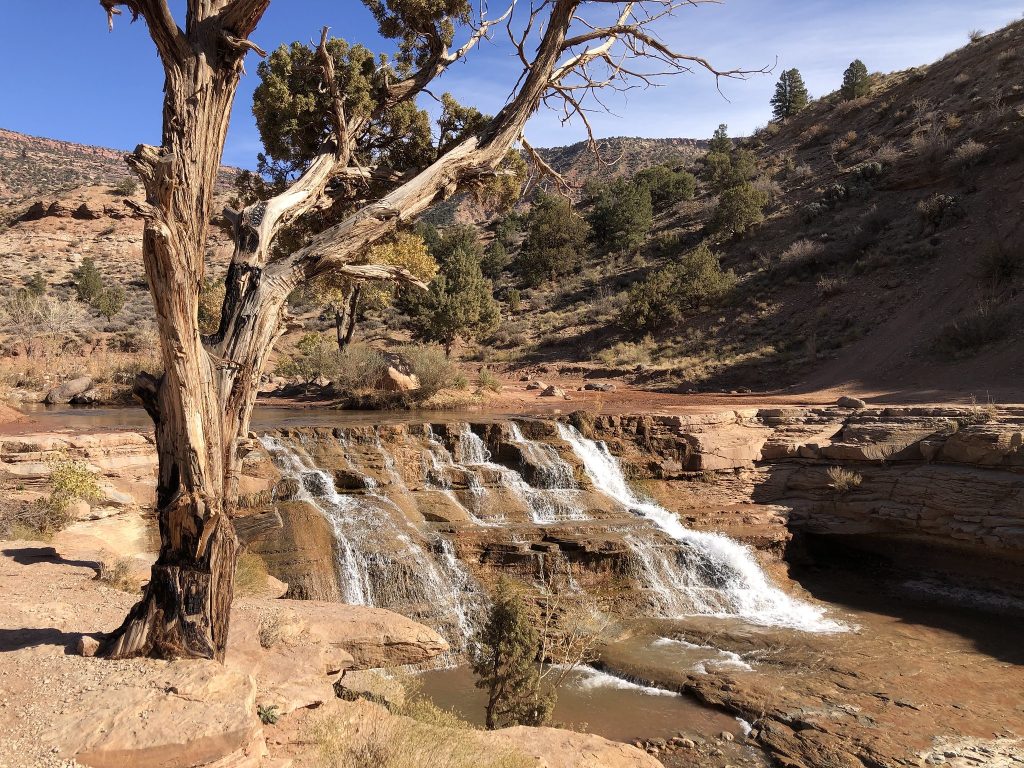
Toquerville Falls Weather
The trail is open year-round and is beautiful to visit anytime.
In the summer, temperatures can reach well into the 90s and 100s, so sunscreen and enough water are a must. In the winter, the temperatures are much more comfortable, maxing out in the mid-to-low 60s.
During the oppressive summer months, the gnats will be out in full force. They don’t seem to be deterred too much by bug spray, so visiting here in early spring or late fall when the gnats are gone might be your best bet. An added benefit of visiting in the spring is that the snow melt will make for a more impressive waterfall.
